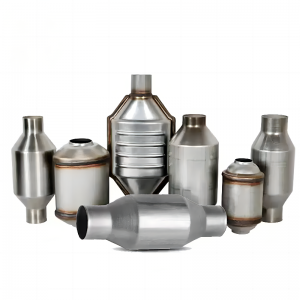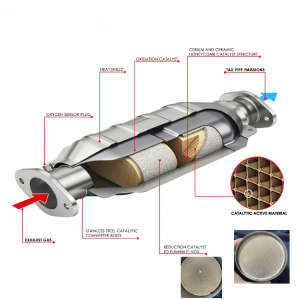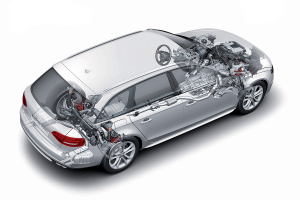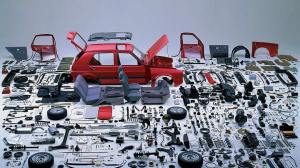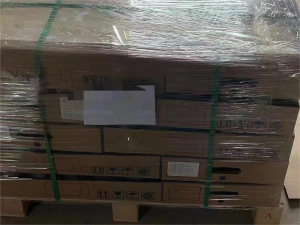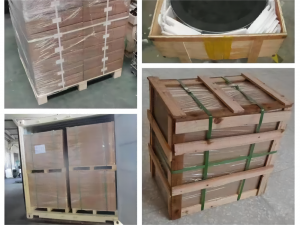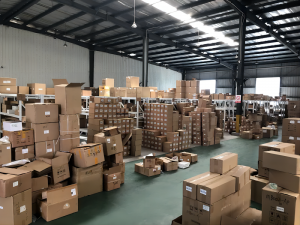The control means of exhaust emission of internal combustion engine are divided into three aspects: pre-engine control, in-engine combustion and post-engine treatment. Pre-engine control is mainly to control the quality of oil products and reduce harmful substances. Internal combustion is to improve the combustion efficiency of internal combustion engine and make the fuel burn fully. Pre-engine control and in-engine combustion have reached a relatively stable level after years of improvement. To achieve the National VI emission standard, only through the upgrade of tail gas post-treatment technology. At present, the tail gas treatment technology mainly includes TWC (three-way catalytic converter), GPF (gasoline engine particle catcher), DOC (diesel oxidation catalyst), SCR (selective catalytic oxidizer), DPF (diesel engine particle catcher) and ASC (ammonia leakage catalyst).
The new scheme of exhaust gas treatment under National VI standard comes into being, which is expected to bring new opportunities to supported catalysts. In the stage of National V emission standard, TWC scheme is used for exhaust treatment of gasoline vehicles, DOC+cDPF, SCR, DOC+SCR combination and other schemes are mainly used for diesel vehicles, and GOC scheme is mainly used for natural gas vehicles. As National VI emission standards put forward stricter emission limits on various pollutants in exhaust gas, gasoline vehicles generally need to adopt TWC or TWC+cGPF combination scheme, while diesel vehicles generally need to adopt DOC+cDPF+SCR+ASC combination scheme. Natural gas vehicles generally need to adopt TWC or TWC+ASC combination scheme. The upgrading of technology route will bring broad market space and development opportunities to the carrier and catalyst industry.
From the perspective of automotive exhaust system market revenue, the global automotive exhaust system market scale reached 236.465 billion yuan (RMB) in 2021. It is predicted that the market size of automobile exhaust system will grow from 236.465 billion yuan to 304.857 billion yuan in 2022-2028, with a CAGR of about 4.31%
The earliest classification of the automotive aftermarket was based on the order of the sales of complete vehicles before and after. First, the automobile insurance industry; Auto repair and parts industry; Third, automotive products, supplies, beauty, quick repair and modification industry; Fourth, used cars and industries. The current automobile aftermarket can be divided into seven major industries: automobile insurance industry; Auto finance industry; Automotive IT industry; Automobile fine products, supplies, beauty, quick repair and modification industry also known as car maintenance industry; Automotive repair and parts industry; Automobile culture and industry; Used car and car rental industry.
Definition of automobile aftermarket:
There are different definitions of automobile aftermarket, which can be summarized into three main definitions: one definition is the costs related to automobiles incurred by consumers in the process of using automobiles, including specific services such as repair, maintenance, spare parts, beauty, modification and oil products; The second definition is all the services required by the owner after the vehicle is sold on the ground. The third definition is the organic component of the automobile industry chain, including financial services, automobile leasing, insurance, advertising, decoration, maintenance, repair and maintenance in the field of automobile sales; Oil products for daily operation; Driving school, parking lot, car club, rescue system, traffic information service, used cars, etc. Vehicle and parts logistics, etc.
Post time: Feb-20-2023

